Scientist-led conferences at Harvard, Stanford and MIT
-
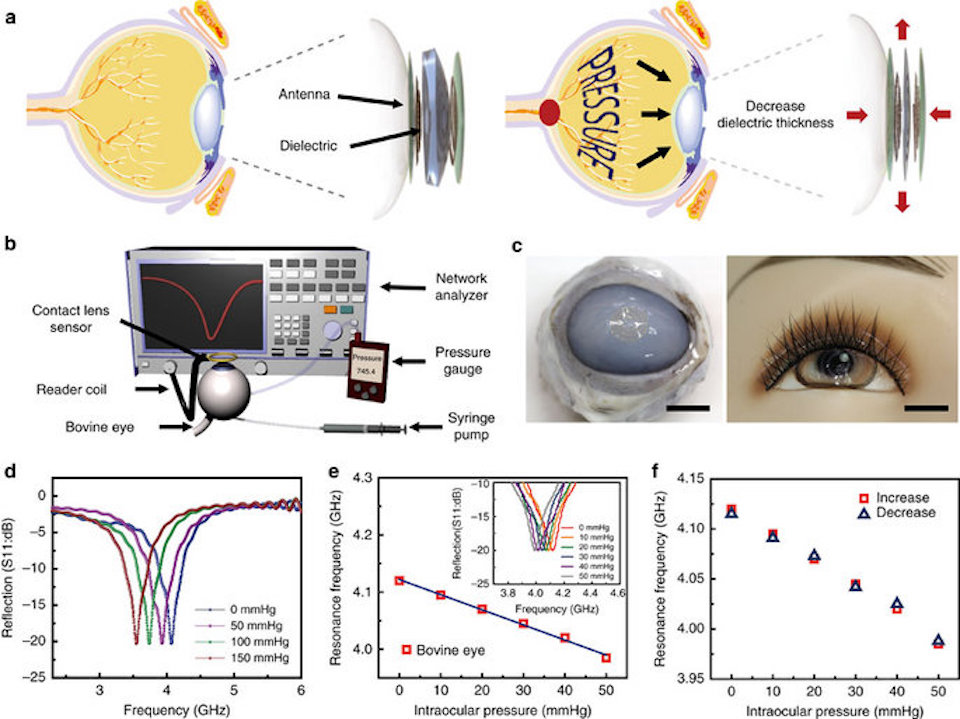
Transparent, stretchable lens sensor for diabetes, glaucoma detection
UNIST professors Jang-Ung Park, Chang Young Lee and Franklin Bien, and KNU professors Hong Kyun Kim and Kwi-Hyun Bae, have developed a contact lens sensor to monitor biomarkers for intraocular pressure, diabetes mellitus, and other health conditions. Several attempts have been made to monitor diabetes via glucose in tears. The challenge has been poor wearability, as the electrodes…
-
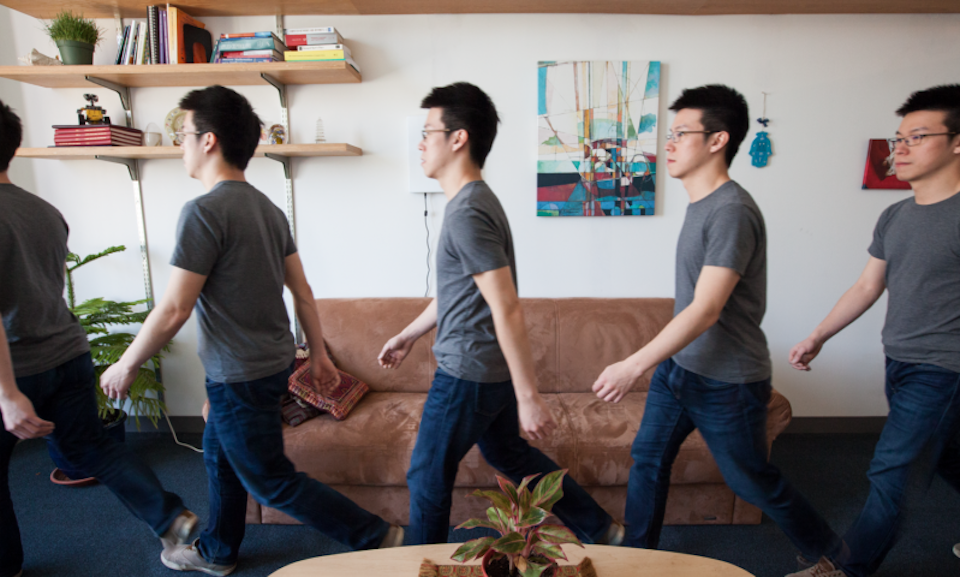
Wall sensor monitors walking speed, stride to track health
MIT’s Dina Katabi, Chen-Yu Hsu, and colleagues have developed WiGait, a wall sensor that detects walking speed and stride to monitor health. This builds on previous MIT research which showed that radio signals could track breathing and heart rate, without wearables. The system works by transmitting low-power radio signals and analyzing how they reflect off bodies within a…
-
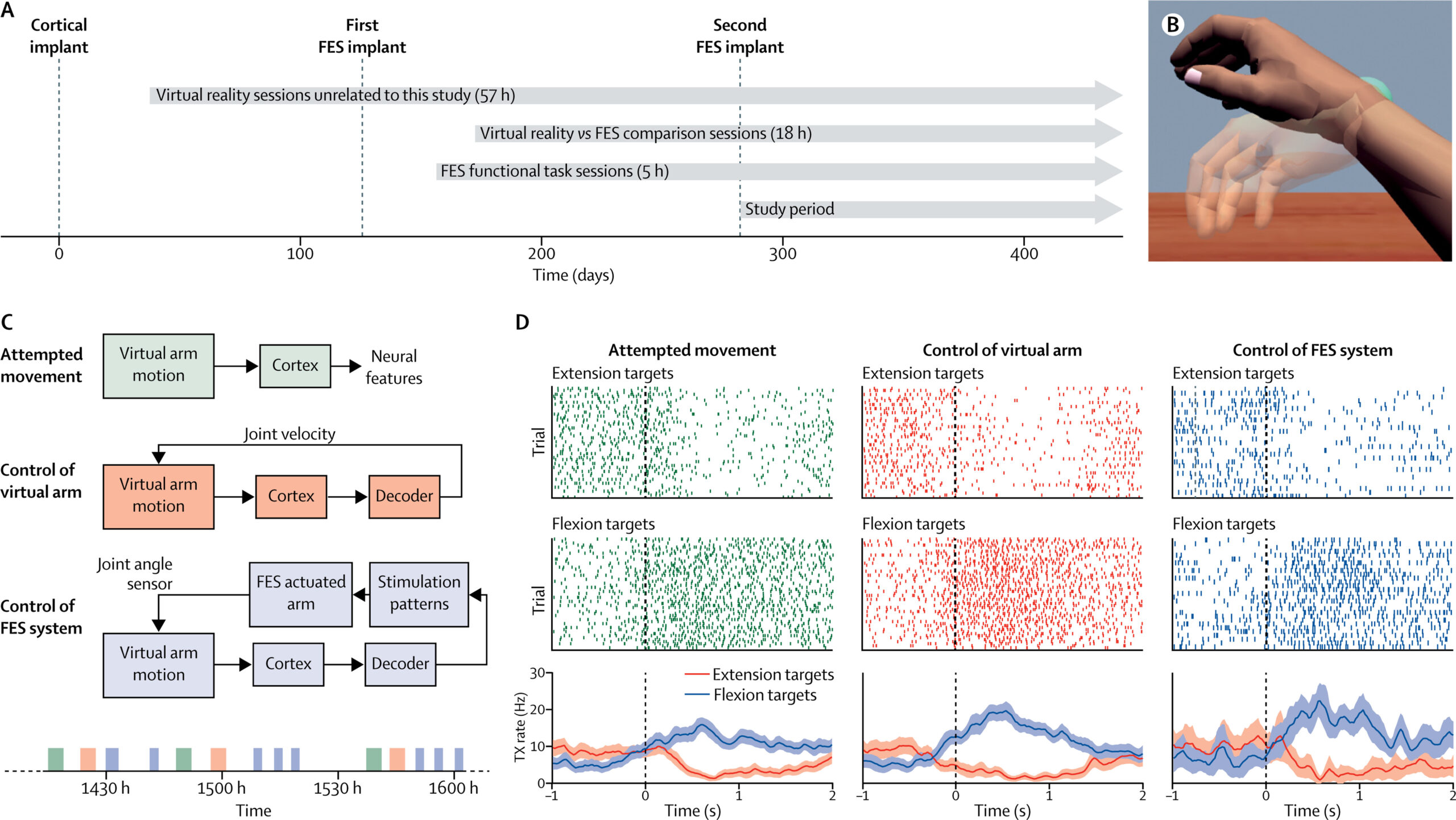
Tetraplegic patient moves arm with thoughts via BCI/FES system
Bolu Ajiboye and Case Western colleagues used an implanted BrainGate2 brain-computer interface to allow a tetraplegia patient to control arm movements via an implanted FES muscle stimulation system. A robotic arm, which was needed in previous BrainGate experiments, was no longer required. Neural activity was recorded from two 96-channel microelectrode arrays implanted in the motor…
-
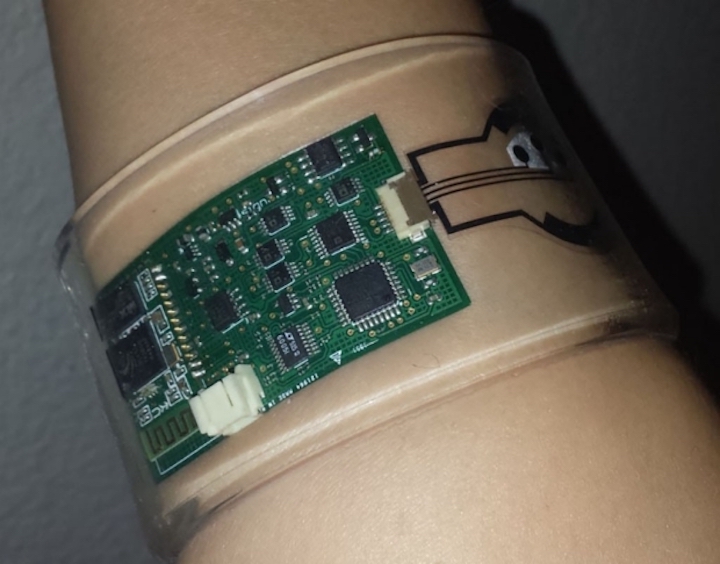
Sweat sensor for cystic fibrosis detection, drug optimization, glucose monitoring
Carlos Milla, Ronald Davis, and Stanford and Berkeley colleagues have developed a wearable sweat sensor for detecting cystic fibrosis, diabetes and other diseases. It can also aid drug development and personalization, and continuously monitor patients. The flexible sensor/microprocessor system adheres to the skin, stimulates sweat glands, and detects the presence of molecules and ions based…
-

Robotic leg brace helps stroke patients walk
Toyota’s Welwalk WW-1000 exoskeleton is designed to help those with paralysis on one side of their body walk again. The frame is worn on the affected leg, with a motor at the knee joint that provides calibrated assistance based on a user’s ability. Wearers are trained to recover their walking ability over time. The robotic device…
-

Verily’s health sensing research watch
The Verily Study Watch passively captures health data for continuous care platforms and clinical research. Key features described by the company include: Multiple physiological and environmental sensors are designed to measure relevant signals for studies spanning cardiovascular, movement disorders, and other areas. Examples include electrocardiogram (ECG), heart rate, electrodermal activity, and inertial movements. A long…
-
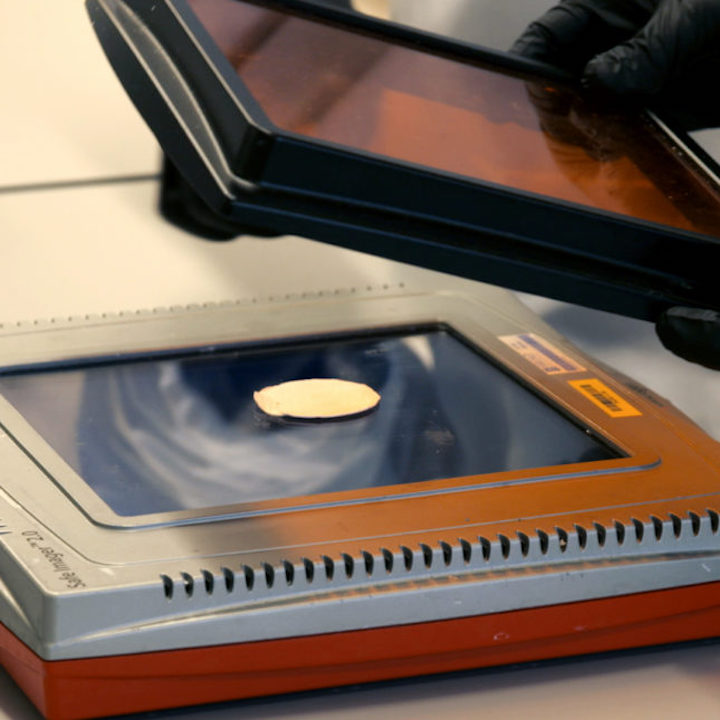
CRISPR platform targets RNA and DNA to detect cancer, Zika
Broad and Wyss scientists have used an RNA-targeting CRISPR enzyme to detect the presence of as little as a single target molecule. SHERLOCK (Specific High Sensitivity Enzymatic Reporter UnLOCKing) could one day be used to respond to viral and bacterial outbreaks, monitor antibiotic resistance, and detect cancer. Demonstrated applications included: Detecting the presence of Zika virus in…
-
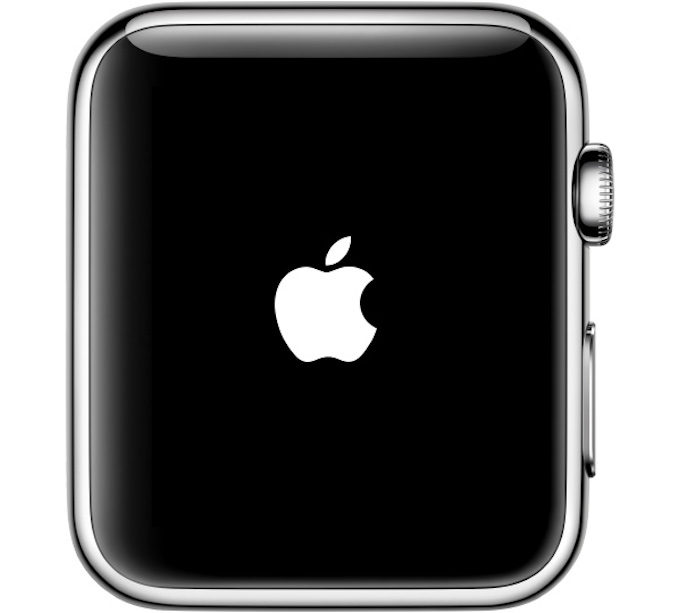
Apple reportedly developing non-invasive glucose monitor
CNBC’s Christina Farr has reported that Apple has been quietly developing a non-invasive, sensor-based glucose monitor. The technology has apparently advanced to the trial stage. Diabetes has become a global epidemic. Continuous monitoring, automatic insulin delivery, and the “artificial pancreas” are significant steps forward, meant to control the disease, and avoid its debilitating side effects.…
-
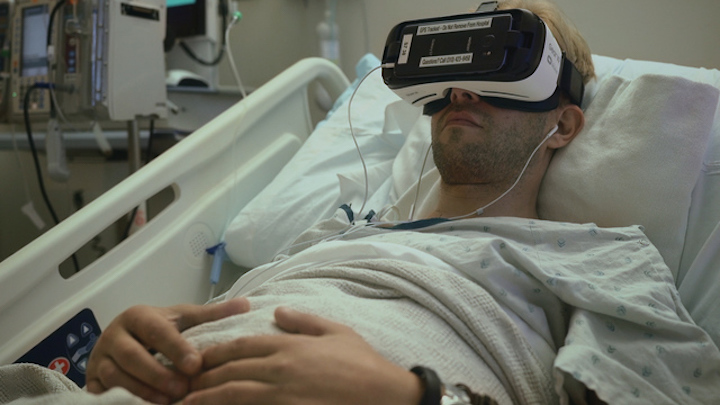
VR therapy could reduce acute and chronic pain
Cedars-Sinai’s Brennan Spiegel has published a study showing that VR therapy could reduce acute and chronic pain. 100 gastrointestinal, cardiac, neurological and post-surgical pain patients with an average pain score of 5.4 were included. Fifty patients watched a 15-minute nature video. Fifty patients watched a 15-minute animated game with VR goggles. The patients who watched…
-

Solar powered, highly sensitive, graphene “skin” for robots, prosthetics
Professor Ravinder Dahiya, at the University of Glasgow, has created a robotic hand with solar-powered graphene “skin” that he claims is more sensitive than a human hand. The flexible, tactile, energy autonomous “skin” could be used in health monitoring wearables and in prosthetics, reducing the need for external chargers. (Dahiya is now developing a low-cost…
-
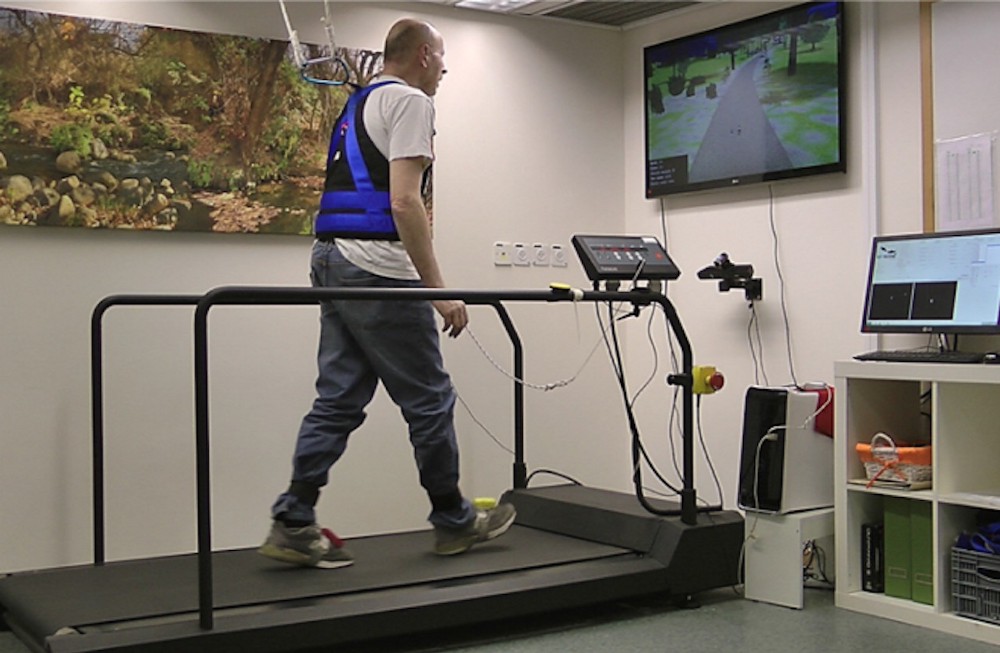
VR training to reduce falls in Parkinson’s, dementia
Tel Aviv University’s Jeff Hausdorff has created a virtual reality treadmill system in an attempt to prevent falls in Parkinson’s and dementia patients. Current interventions focus on improving muscle strength, balance and gait. By integrating motor planning, attention, executive control and judgement training, using VR, therapies can also address the cognitive issues associated with falls. In…
-

Future hearable sensors could track physical, emotional state
Apple has filed patent applications describing wireless earbuds that monitor health while a wearer talks on the phone or listens to music. This has obvious exercise-related implications, but could potentially track the physiological impact of one’s emotional state while making calls, as a mobile mental health tool. Sensors included in the patent include EKG, ICG,…
Got any book recommendations?